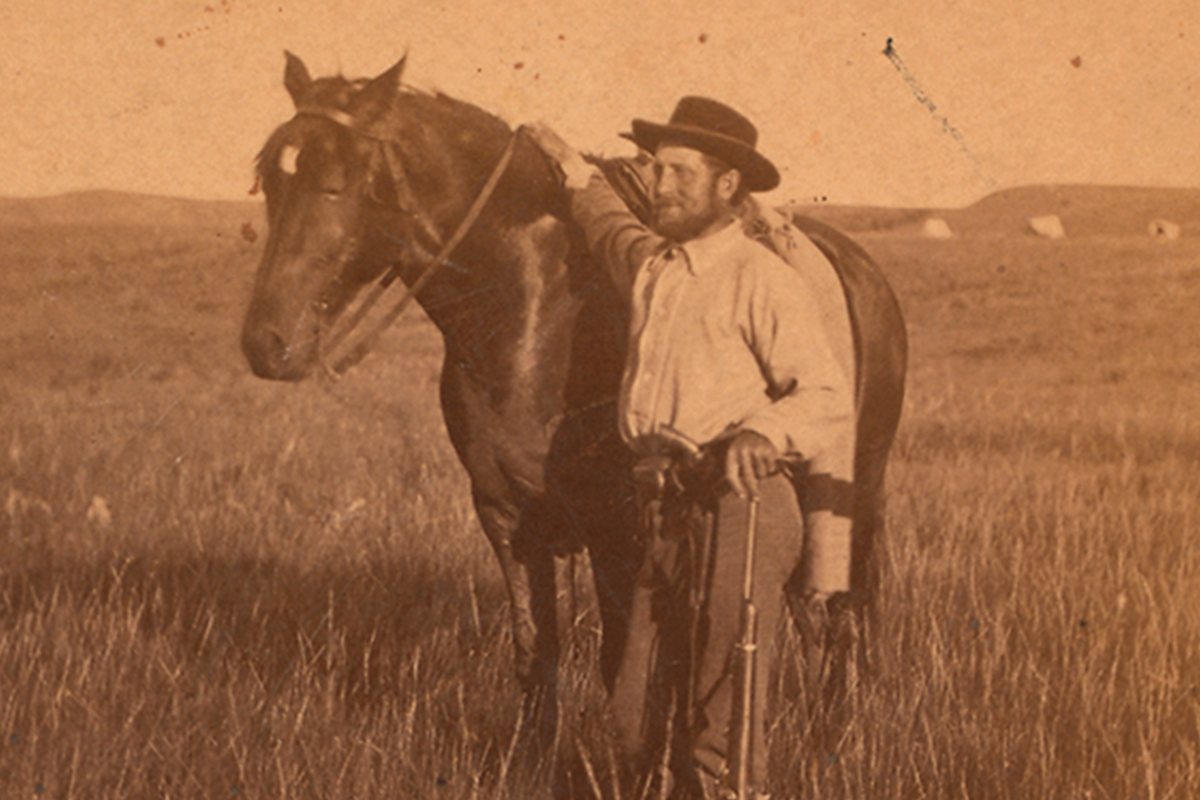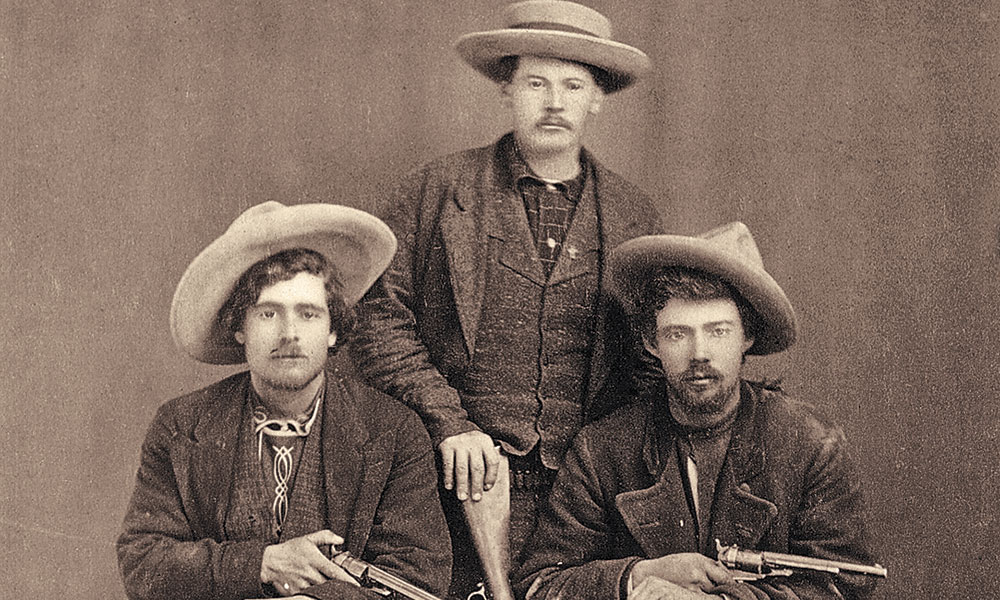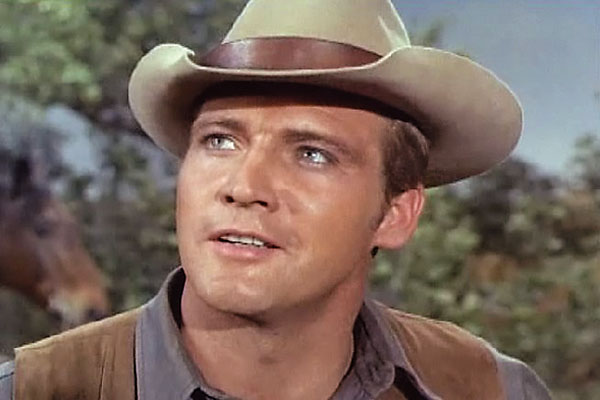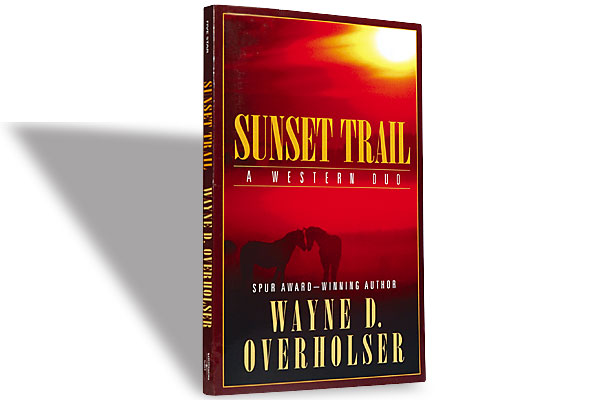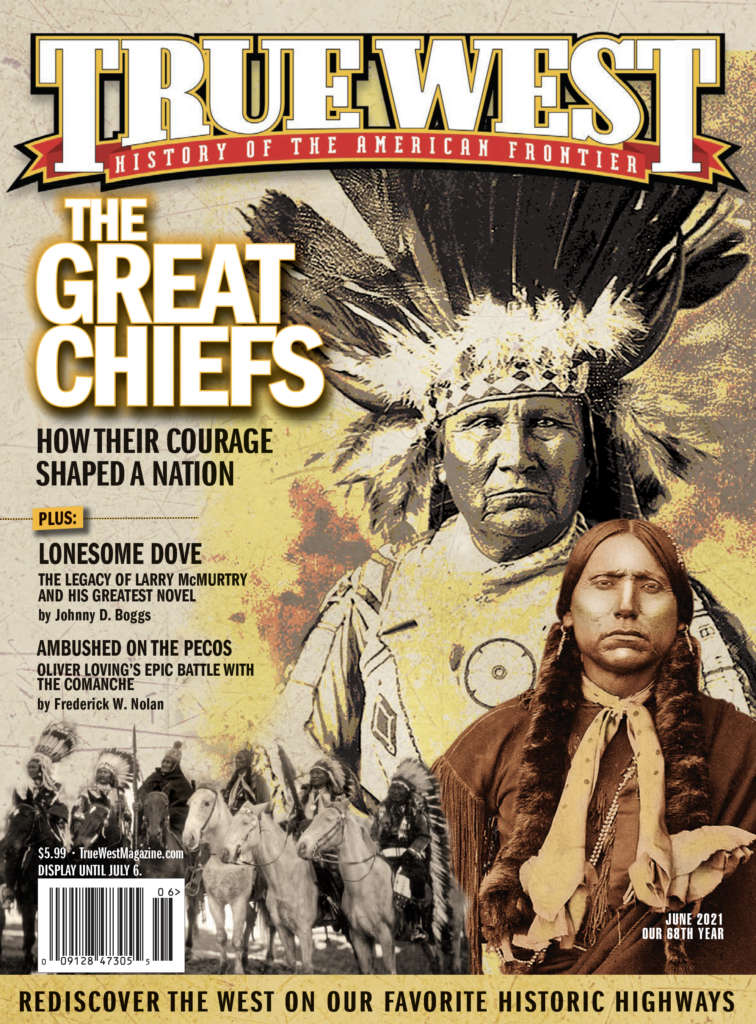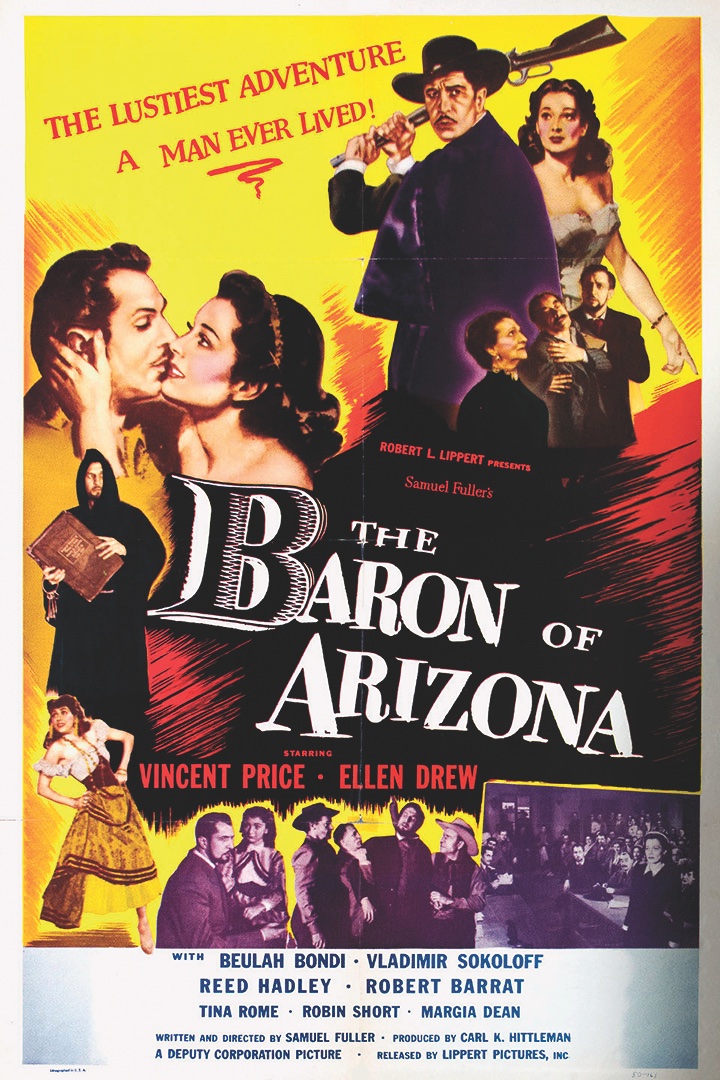
I’ve read more than one article (including items from your books) about James Addison Reavis, the so-called “Baron of Arizona.” Which side did he fight on during the Civil War?
Mark Manning
Mesa, Arizona
Reavis first joined the Confederate Army in Missouri. He was running a small business forging his commanding officer’s signature on passes and selling them to his fellow Rebels. He sensed he was about to get busted so he went “over the hill” and joined the Union Army. He returned to his old ways by forging passes; again, he was about to get caught so he went AWOL. He was an incurable charlatan. He was years ahead of his peers when it came to harnessing the Salt and Gila rivers and might have become rich and famous (instead of infamous), but he turned everything into a con or scheme.
How did wranglers herd the horses on cattle drives?
Sylvia Weatherford
Long Beach, California
The wrangler on a trail drive was usually the youngest and least experienced of the hands, but his job was a serious one. He took care of the remuda, the horses that kept the drovers mounted. On the long drive, a wrangler was almost as important as the chuckwagon cook. Especially important: making sure they grazed as much as possible. Each cowboy had six to ten horses for his string, and he rotated them regularly. It was important that the animals were healthy and strong over the six to eight weeks on the trail, so the wrangler had to know every horse in the remuda, some 60 to a hundred head.
In the morning, he checked the remuda to see if any had strayed during the night. If any had, he would hunt for the missing horses while the rest grazed. He was expected to have every horse accounted for at noon camp, where the cowboys would change mounts. There were no pens, so after the horses were gathered, the drovers made a circle with ropes. When a horse was being broken, it was trained to respect a single strand of rope. A big remuda would stay inside this temporary fence.
When did mercantile stores stop selling dynamite?
Chris Pepple
Morongo Valley, California
It wasn’t too long ago. The early hardware stores did sell dynamite to individuals. You had to complete some paperwork, and the law stated you had to detonate it the same day you purchased it. It was illegal to store it, as it could become dangerous. The law regarding the sale of dynamite was changed in 1975. There were more restrictions after Oklahoma City and 9/11.
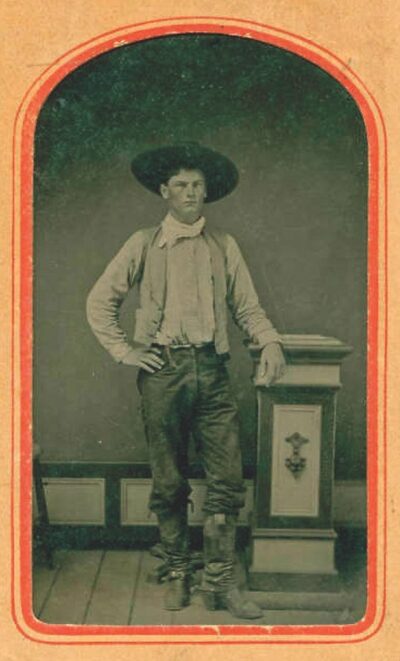
Courtesy Degolyer Library, SMU
What was the pay for a wagon master?
Thomas Valis
Beachwood, NJ
The wagon master generally earned $125 a month, and he earned it. His responsibilities began long before his train set out. He chose his bullwhackers, oversaw the training of the unbroken animals and the loading of the wagons. On the trail, he had to be forceful enough to impose his authority on rough and tough men. He regularly patrolled his train and reconnoitered ahead on the lookout for hostile Indians and difficult stretches of the road. He chose routes, timed the march and decided where to camp. When the water ran high at river crossings, when the wagons mired down, it was he who made the decisions and gave the orders.
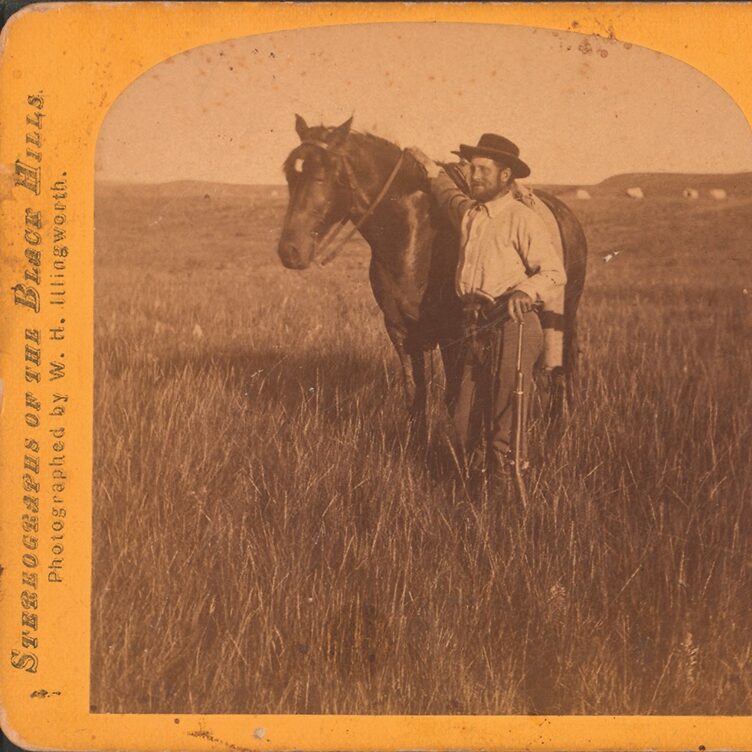
the Western trails to their
final destinations.
William H. Illingsworth, circa 1874, Courtesy NPYL Digital Collections
Did John Slaughter and Wyatt Earp ever meet?
Mark Schoenfield
Wilmette, Illinois
I scoured the Wyatt Earp section of my library, which includes books by Casey Tefertiller, Gary Roberts, John Boessenecker, Chuck Hornung, Jeff Guinn, Allen Barra, Karen Holliday Tanner, Steve Gatto, Don Chaput, Ben Traywick and Jack Burrows. There seems to be no mention of Wyatt and John Slaughter ever meeting, or if they did. it would have been casual. They didn’t have much in common—Earp was a Northern Republican, and Slaughter was a Texas Rebel.

